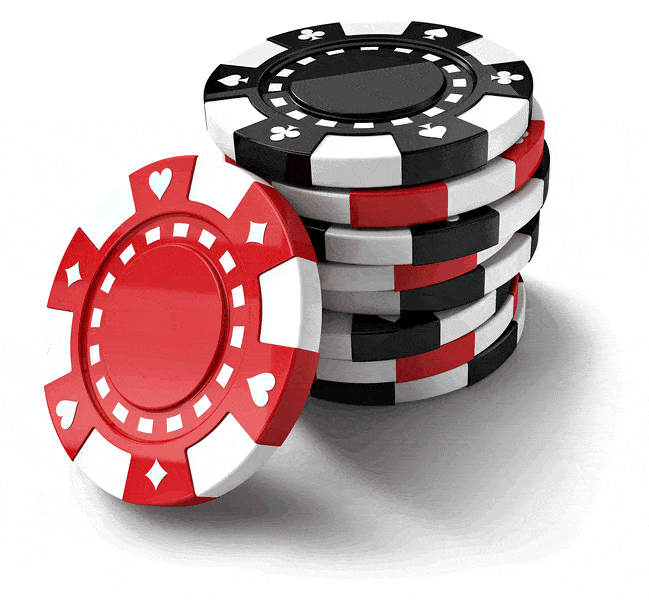How To Play Plo Omaha
Pot Limit Omaha: How You Make a Hand Players used to hold'em often have trouble internalizing this aspect of PLO. When you're playing Pot Limit Omaha, you must use two cards from your hand and three cards from the community cards to make your five card hand. You can use any combination of cards following this rule, but the rule itself is rigid. Selective starting hand - Don’t play all the hands you get in Pot Limit Omaha. Be selective and call on the best hole card you receive. Never bet for the high card or low-value hands in PLO because the winning chances are very less. Patience and Discipline - Patience and discipline is the key to success.
The Basic Rules of Pot Limit Omaha (PLO)

Omaha is a poker variant in which each player is dealt four “hole” cards (cards that the other players can’t see) and then share a five card board. It is similar to Hold’em in its play, with flop, turn, and river cards dealt in succession on the board, interspersed with betting rounds. The most common betting structure for Omaha is Pot Limit, in which players can only bet the size of the pot, including their call.
The play begins with each player being dealt four cards. Unlike Hold’em, players must play exactly two cards from their hand and exactly three from the board. Hand rankings are the same in Omaha and Hold’em, with a high card being the worst and a royal flush the best possible hand.
In PLO, the play starts with a small and big blind, which rotates each turn. The first player after the big blind (Under the Gun – UTG) may fold, call the big blind, or raise up to the “pot limit.” If the blinds are $1 and $2, the UTG player can bet up to $7. Things then get a little tricky. The second player can now fold, call the $7 or bet up to $24. This betting structure takes a while to get used to. See our How to Calculate Pot Limit article for more examples. When in doubt, if you would like to bet the maximum, you can always announce that you bet “pot” and the dealer will figure out the amount for you.

Note that starting hand values are quite different than in Hold’em, so you’ll want to familiarize yourself with these differences before playing Omaha. The “Advice” button in our PLO simulator can help you with this.
Hand equities run much closer together in Omaha, and thus more players will generally stay to see the flop than in Hold’em. With the ability to select the best two of a four card hand, winning hands in Omaha also tend to be quite strong. Single pairs and two pairs are rarely likely to take down the pot, and players should be drawing to nut straights and flushes if they decide to draw.
As you might imagine, Omaha pots can grow quite big, and with pre-flop hand equity advantages rarely larger than 60% variance swings in PLO can be big as well. The PLO player will need a larger bankroll than the typical No-Limit Hold’em player for that reason.